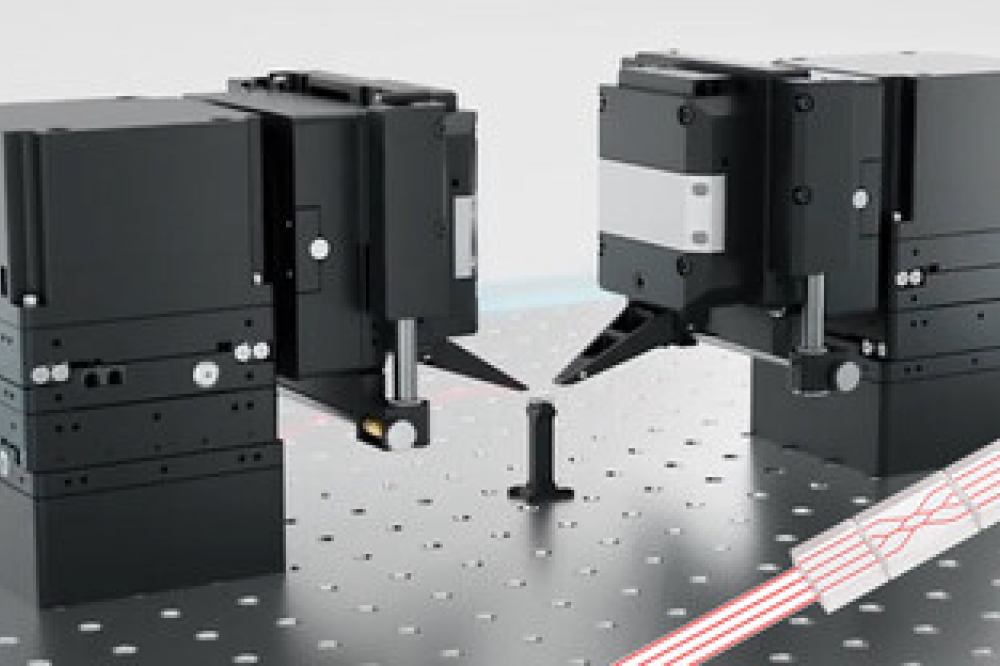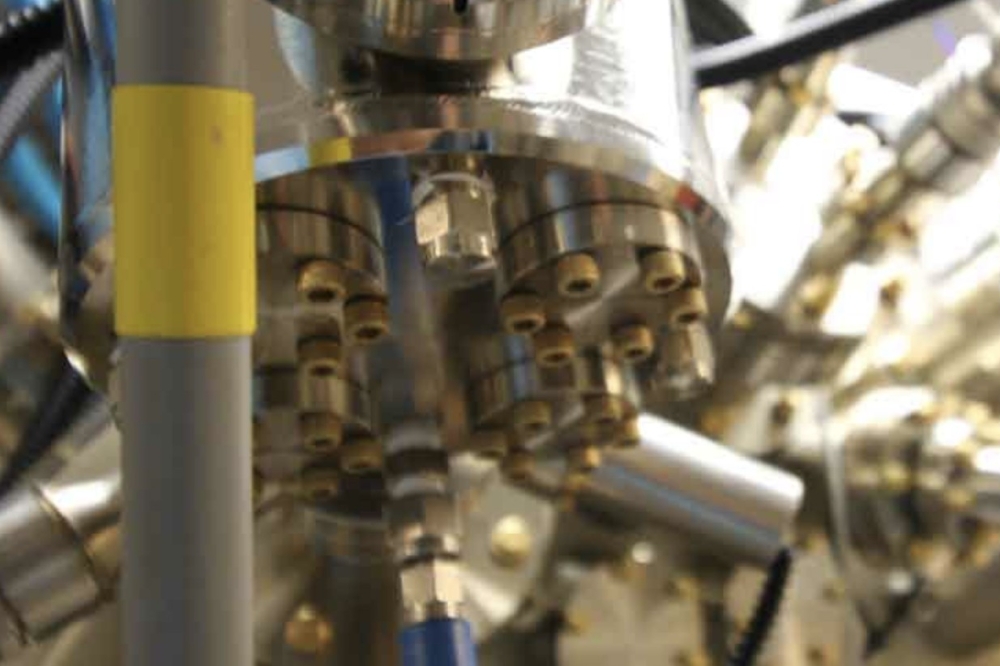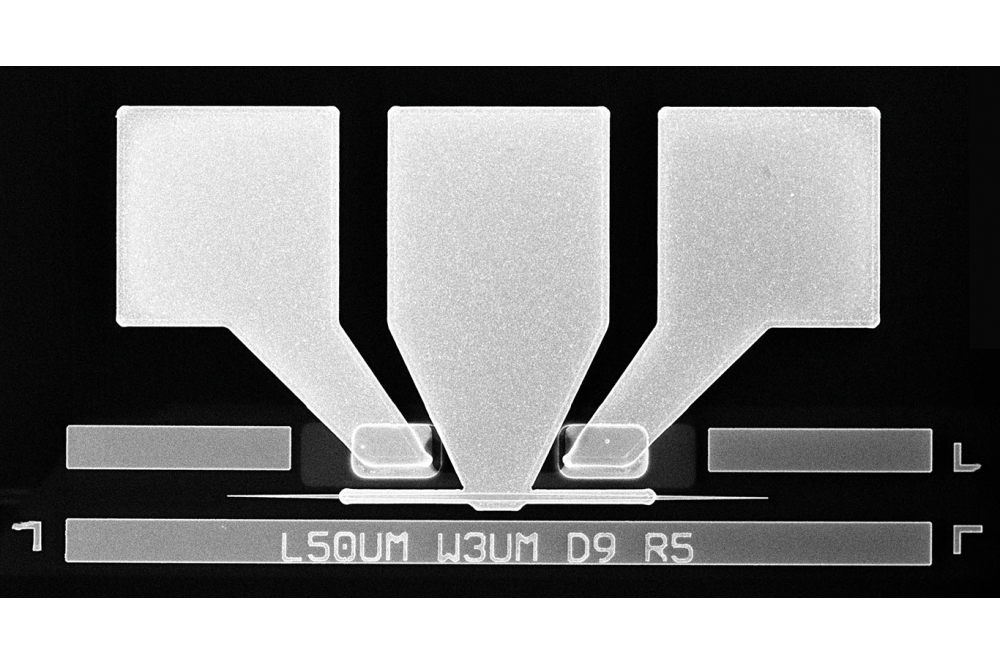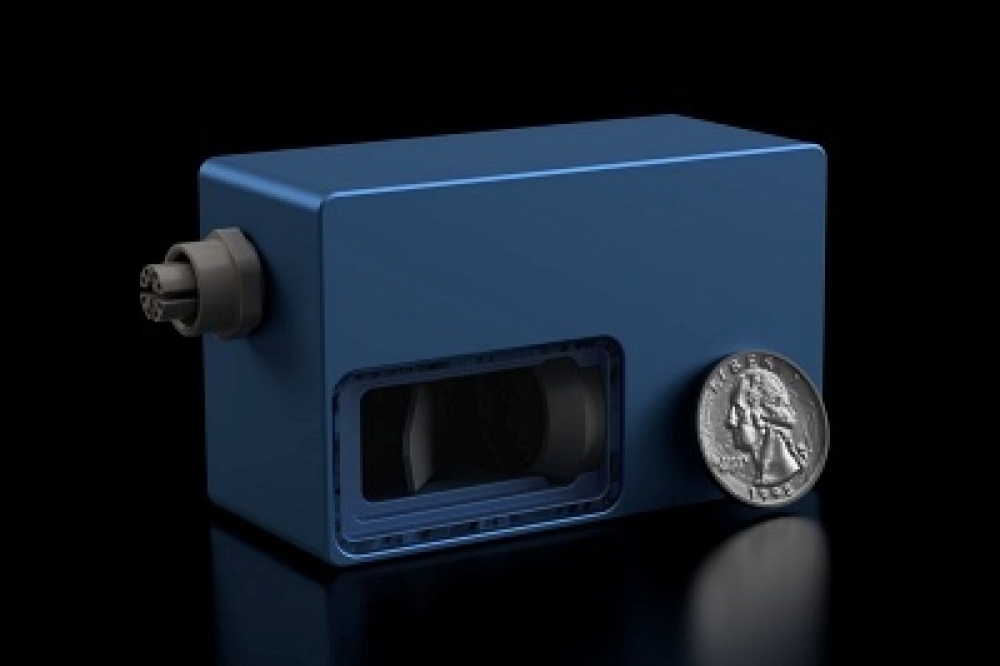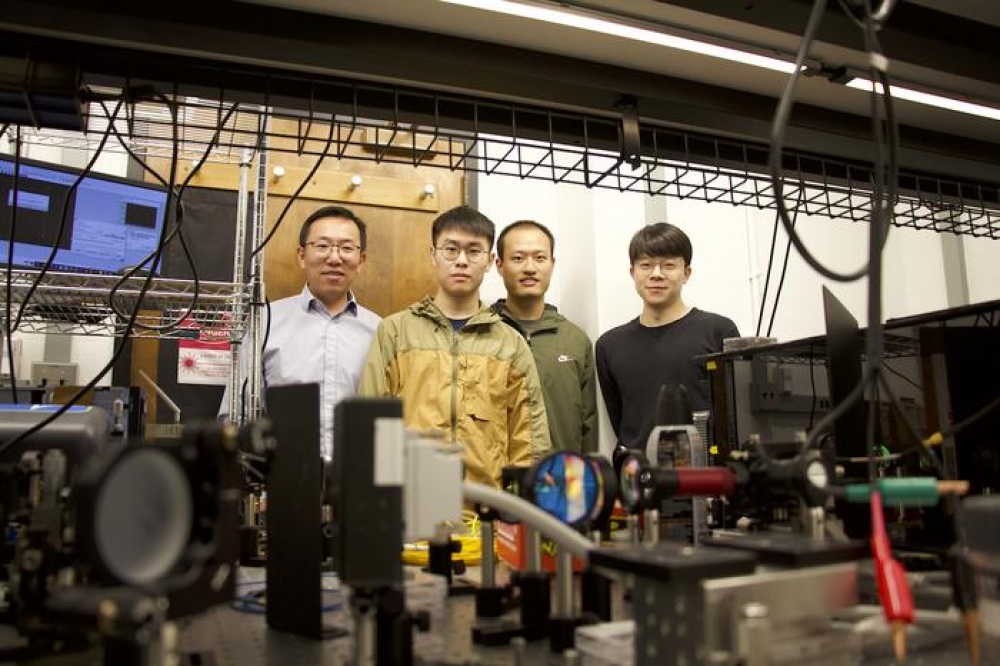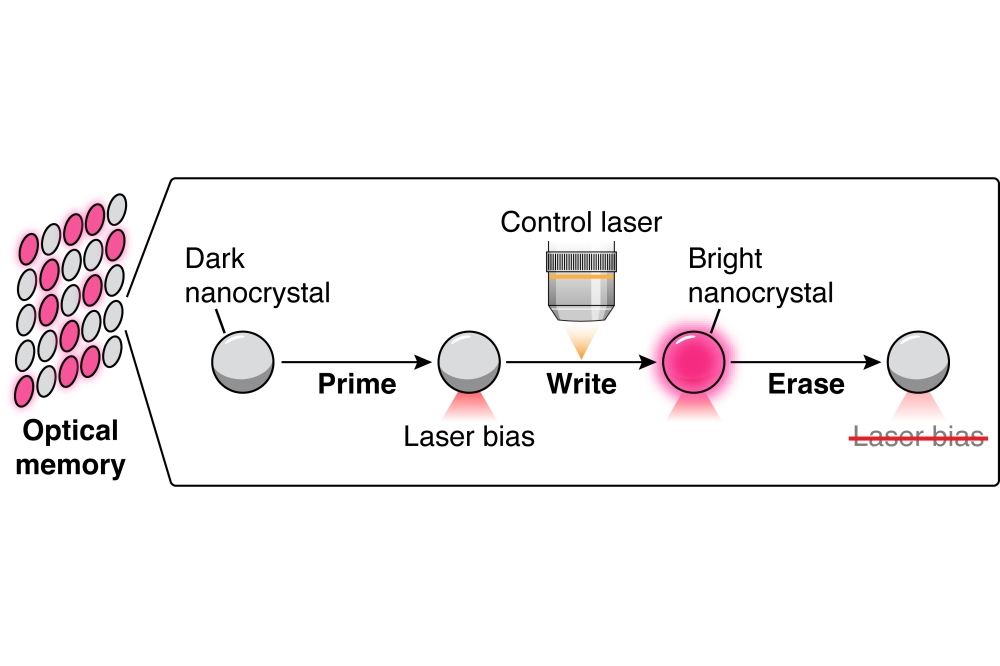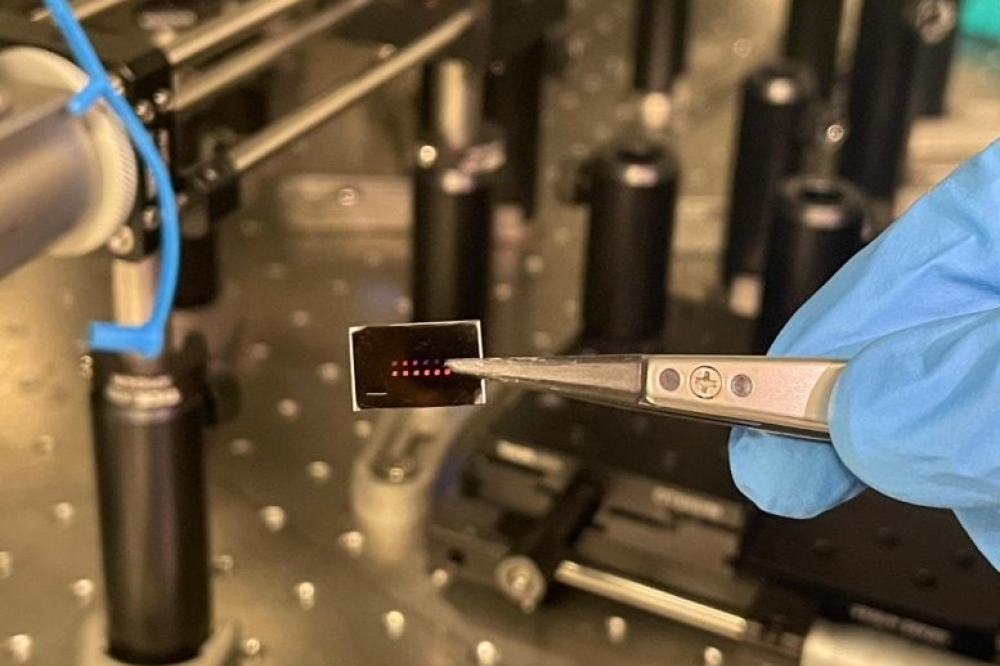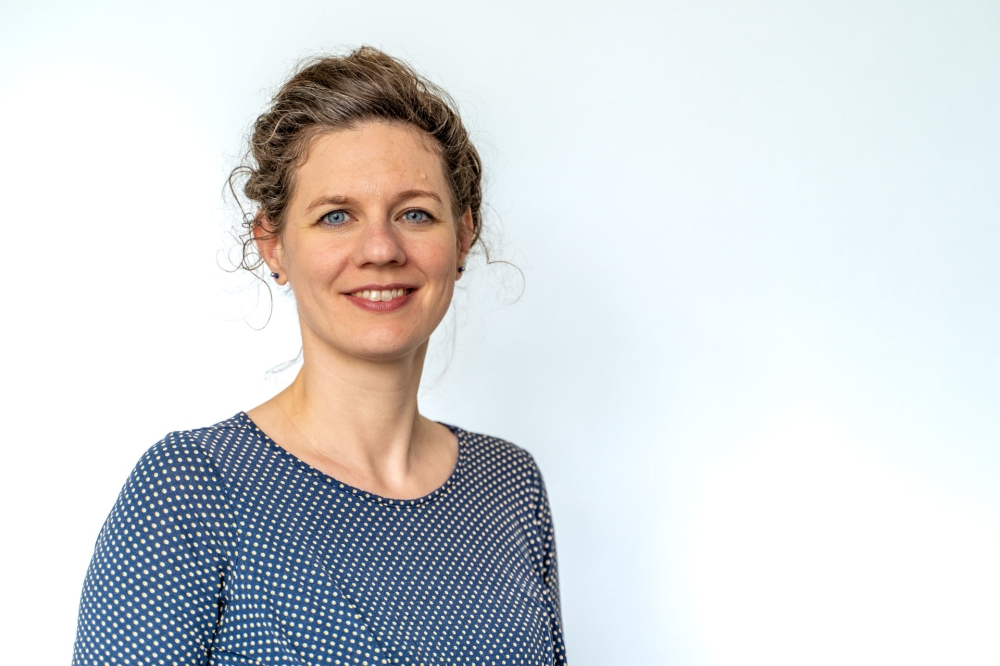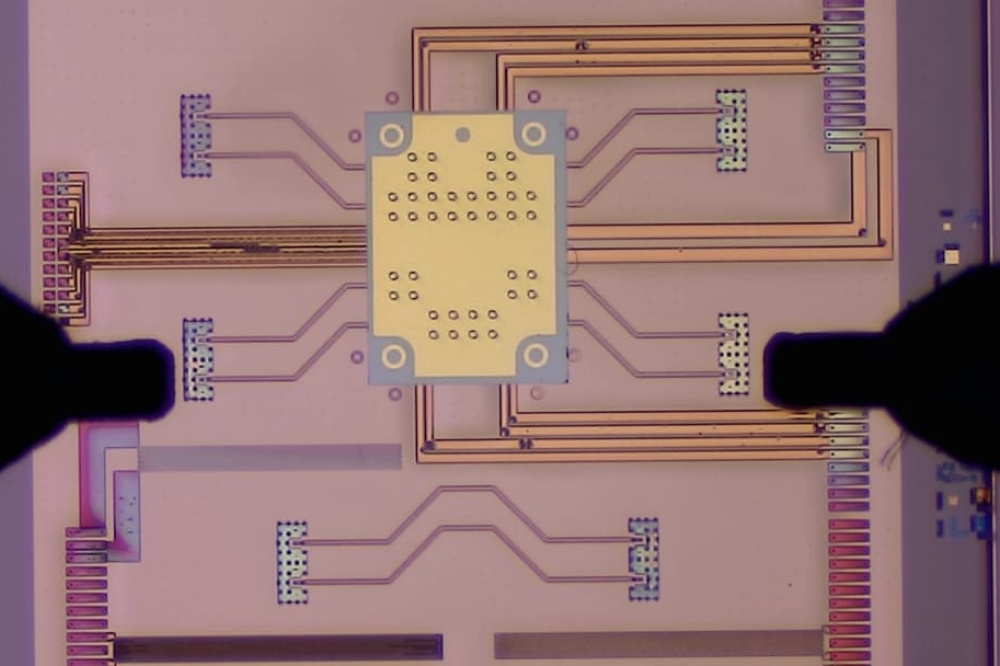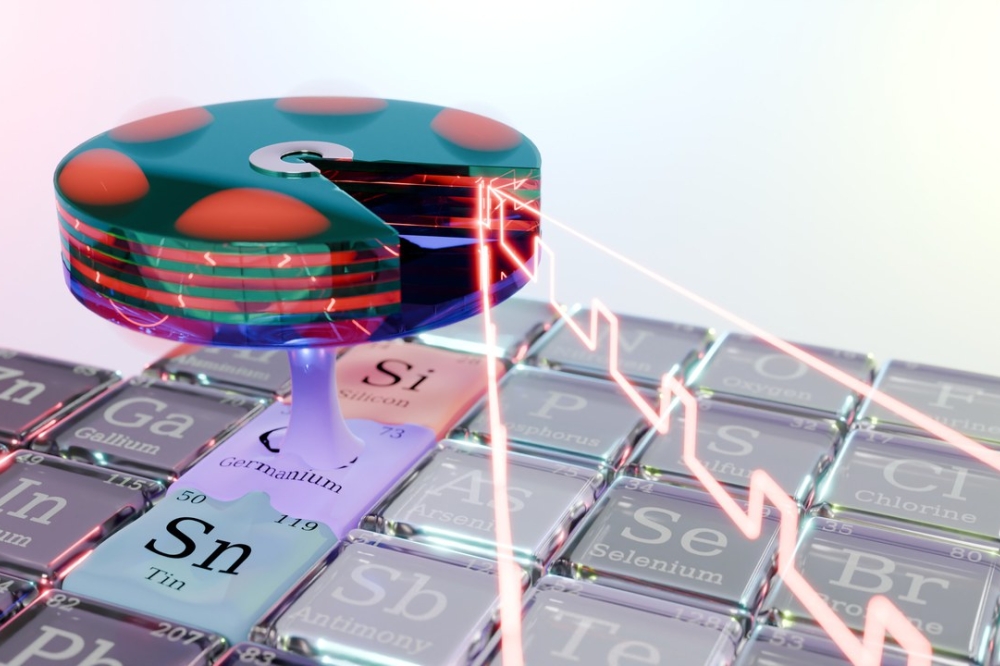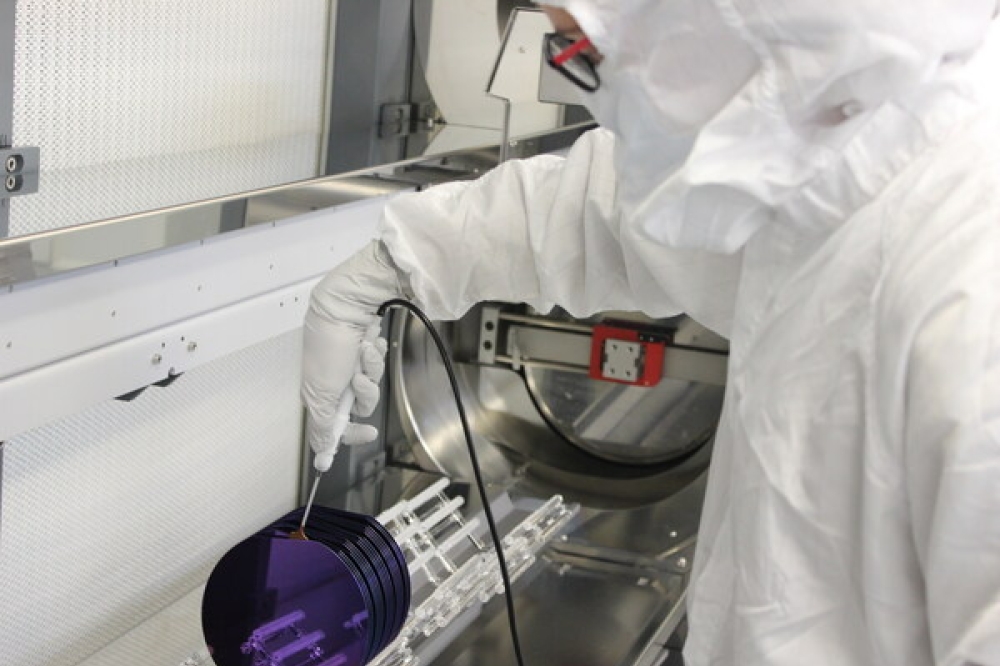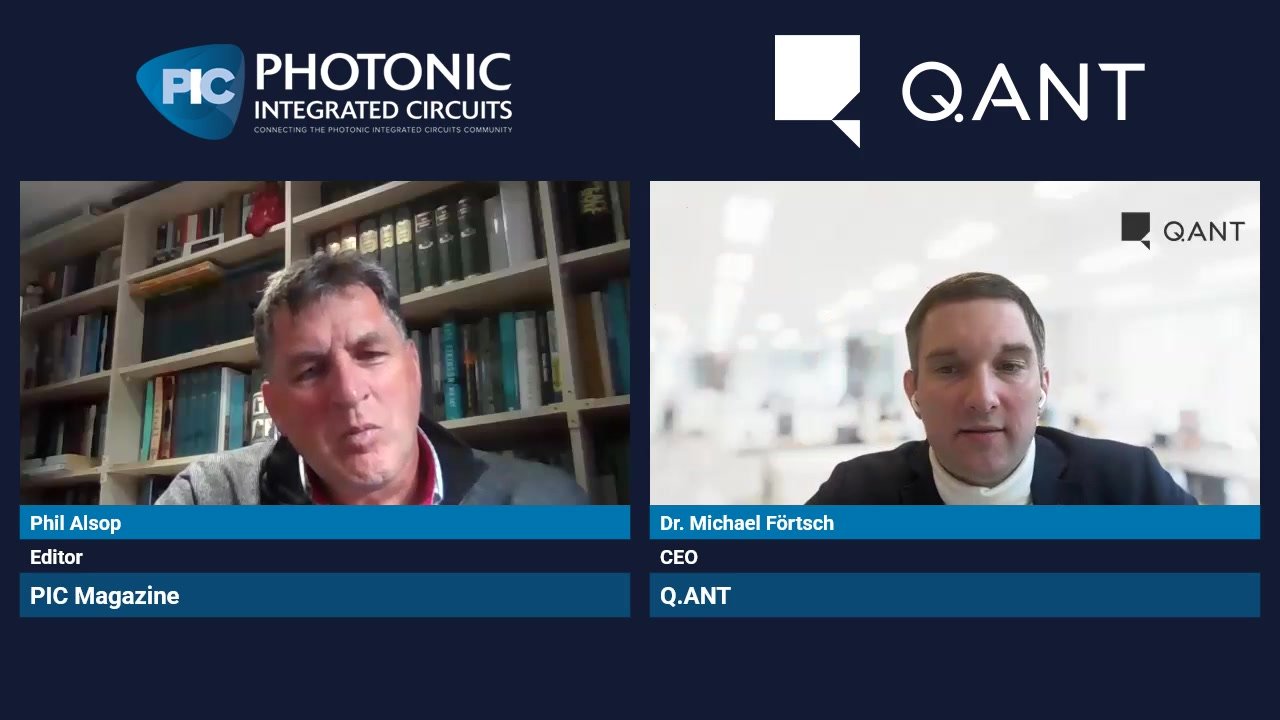NSF selects six pilot projects for National Quantum Virtual Laboratory

The projects, which include efforts to develop quantum PICs, aim to provide distributed access to specialised resources, facilitating the work of quantum tech researchers across the US
The US National Science Foundation (NSF) has launched six pilot projects, including photonics-focused projects, aiming to bridge scientific gaps between current quantum technological capabilities and those needed to fully harness quantum properties of energy and matter for practical uses. The six projects join five others that the agency announced in August. Collectively, they are supported by the NSF National Quantum Virtual Laboratory (NSF NQVL) initiative, an ambitious effort to accelerate the development of quantum technologies by providing researchers anywhere in the US with access to specialised resources.
Each pilot project will receive $1 million over 12 months to create real-world testing environments that can further the progress of quantum-related technologies. The projects will explore novel methods to provide distributed access to tools needed for creating functional technologies that exploit quantum phenomena such as entanglement (when certain properties of particles are linked even when the particles are separated by large distances). Quantum phenomena can be used in principle to create networks with practically impenetrable security, computers that can solve currently intractable problems, biomedical sensors that can provide doctors with cellular-level information and more. Yet much work to test and achieve such technologies remains to be done.
“Similar to the nature of entanglement itself, NSF is building the National Quantum Virtual Laboratory to serve as a national resource unconfined by the limitations of distance and space – or the boundaries of laboratory walls,” said NSF Director Sethuraman Panchanathan.
Democratising access and building national quantum science and technology capacity is part of NSF's strategy to fulfil the advancements identified in the 2018 National Quantum Initiative Act.
NSF NQVL will also provide workforce training and educational opportunities to grow the US STEM workforce and help develop leaders for the quantum-based industries of the future.
The 11 pilot project teams are invited to submit proposals in response to the latest NSF NQVL funding solicitation, which seeks to advance funded projects to the next stage through the design and use of quantum test beds to create prototypes of quantum-based technologies.
Among the six new NQVL pilot projects is Quantum Photonic Integration and Deployment (QuPID). Led by the University of Michigan in collaboration with Stanford University, Harvard University, Michigan State University, The Ohio State University, the University of Arizona, the University of Southern California, Honeywell, MONSTR Sense Technologies and TOPTICA Photonics, the QuPID team will work to enable quantum-based spectroscopic measurements for real-world applications. The effort includes creating quantum PICs required for high-precision measurements in multiple industries, from microelectronics to healthcare.



